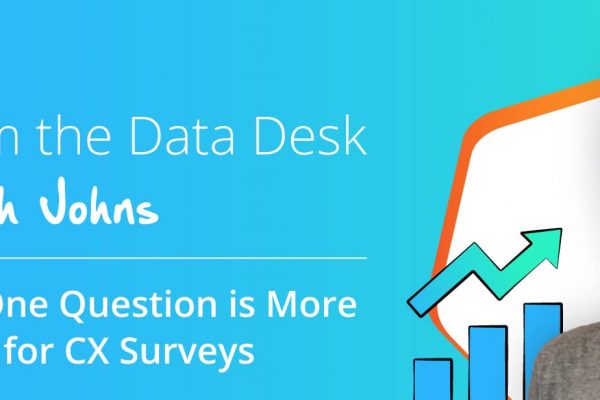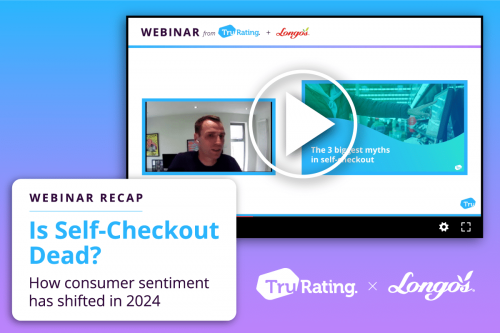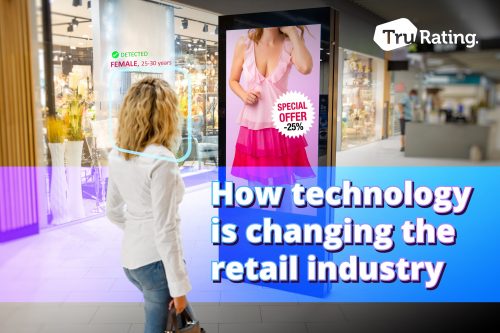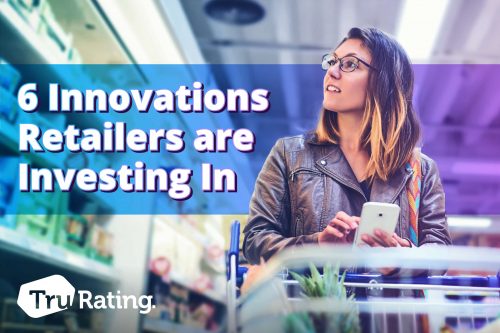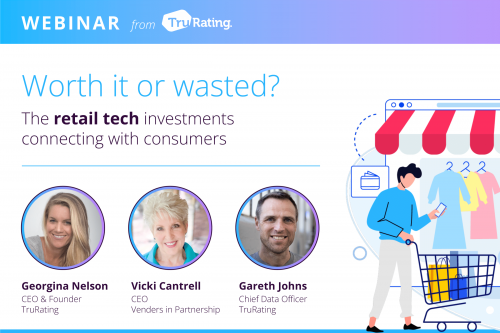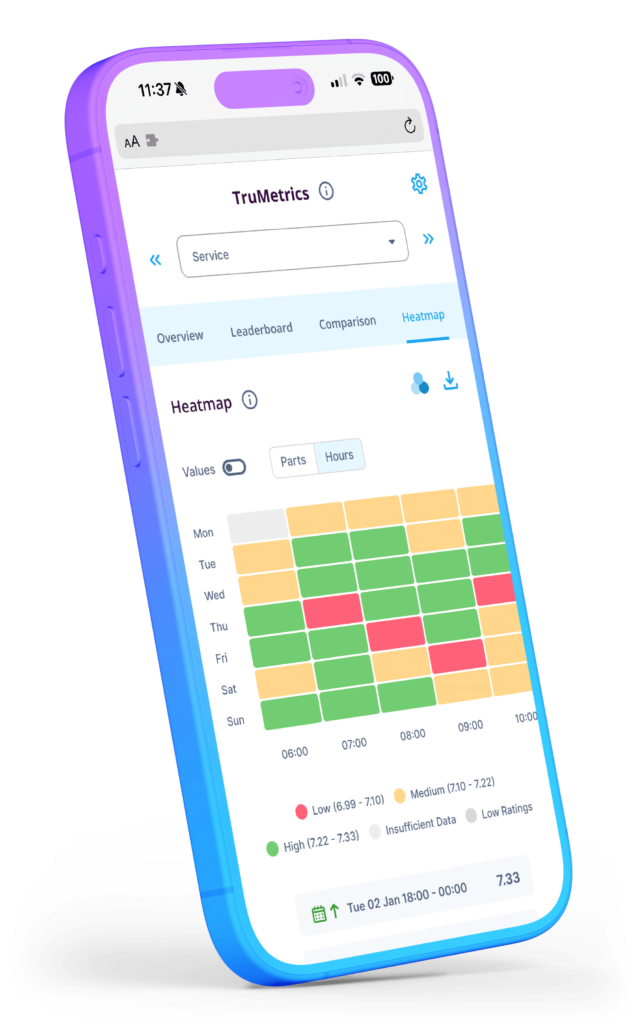In a previous article, I talked about the danger of measuring improvements to customer experience using just customer experience scores rather than increases in revenue, footfall, conversion rates or repeat visits. I wanted to expand a bit on this with a particular focus on Net Promoter Score (NPS) and why I believe solely relying on it can give a misleading view on actual or future business performance.
NPS has been and continues to be an incredibly popular way of measuring customer experience. The Net Promoter Score asks a single question which is some variation of “How likely are you to recommend us to a friend or colleague?” It then provides a scale (usually from 0 to 10, but 10 and 5 point scales can also be used) and responders score the business from ‘Very Unlikely’ to ‘Highly Likely’ to recommend.
These scores are then broken into 3 groups known as detractors (0-6), passives (7-8) and promoters (9-10) and a simple calculation of the % of promoters minus the % of detractors give an NPS score somewhere between -100 (all responders are detractors) to +100 (all responders are promoters).
Its proponents argue that the response to one simple question can be used to:
- Predict a customer’s likelihood to return and spend with you again in the future
- Measure performance in every area of your business
- Give direction for change and improvement
- Allow you benchmark against external competitors
I’d argue that this is overselling the benefits of NPS in some way. While it can be an interesting single metric to measure over time, its simplified / one size fits approach means that relying too heavily upon or reading too much into any movement in that score can be dangerous and misleading.
Let’s take each of the points above one by one.
Customer Loyalty
A customer’s likelihood to return and spend with you again in the future is much more nuanced and complex than whether or not they would recommend your brand to others. In a recent piece of work for one of our US retailers, we used data from the 5 million customers that visited in a single month, to build a model designed to predict each customer’s likelihood to return based on everything we knew about that customer. This included – the visit they made that month and their response to the NPS question.
The results of the model identified two important factors that for this retailer at least are missed when relying on NPS alone.
- The most important indicator of whether a customer would visit the retailer in the future was how often they had visited in the past. While this might seem intuitively obvious, the model revealed that the biggest jump in likelihood to return came once customers made their second visit and that signing customers up to the loyalty program on their initial visit made that second visit much more likely. Understanding the level of loyalty the retailer received from their current customers was much more important in predicting future behaviour and performance than their NPS score.
- The impact of whether a customer recommended the retailer, only impacted likelihood to return at the very highest score (on our scale a 9 – a score of 8 or less did not show a significant impact on repeat custom). NPS and its one size fits all calculation deems that the top two scores (9 & 10) represent promoters and doesn’t differentiate between them. By our model, the brand could have easily seen an increase in NPS while actually receiving much fewer repeat visits.
Measure Performance in Every Area of the Business
As well as asking about a customer’s likelihood to recommend your brand, when working with our retail clients, we also ask questions around customer service, product selection, overall experience and value for money as standard and often add further questions into the mix around friendliness of staff, cleanliness of store and availability of stock. If as suggested NPS can be used as a single metric to measure performance across the business then we should see a strong and consistent correlation between each of those metrics and the likelihood to recommend question.
This is not always the case and interestingly the businesses with the weakest correlation are often those that sell a more premium product or have a focus on exclusivity or sustainability. This would suggest that when customers consider their likelihood to recommend they are also considering how that recommendation reflects on their perception by friends and colleagues as much as they are on whether the fundamentals of your business make you a good choice.
NPS becomes much more a measure of brand marketing than an overall measure of your business performance.
Give Direction for Change & Improvement
This is the area more than any other where NPS falls down. It is a lagging KPI and on its own gives no indication of why scores are moving up or down. If the results are captured using traditional survey methods the sample sizes are likely to be too small to be able to take action in the moment or at a local level and by the time results have been collated and released so many other factors have changed that the scores are rarely if ever used as a catalyst for change.
Benchmark against External Competitors
As described above certain businesses have an inherent advantage in driving higher NPS scores if, as a brand, they are aspirational, exclusive or have a heavy focus on their positive impact on society or the environment. Any external comparisons on NPS have to take this into account and can only be based on comparisons with a small group of similar businesses in a similar area.
We have also seen from collecting almost 200 million customer responses globally that different cultures around the world have different views on giving positive and negative feedback and response bias can make comparisons more difficult.
Finally, the methods by which different businesses collect the responses from consumers and effectively self-select the audience of responders also have a big impact. The fact that NPS uses the same question and applies the same calculation to come up with a score should not be mistaken for thinking all NPS scores are created equally.
So what is the answer?
While it’s unlikely that NPS is going to be widely abandoned by customer experience teams and businesses any time soon, it is important that customer experience leaders who want to affect change and lead within rather than just report on their business are clear on the limitations of what it provides.
If you really want to make long-lasting positive for your business, you need to have a much greater understanding of your customers – both their behaviours to date and beliefs and needs for the future – than NPS can deliver.
Don’t just choose the safe option, because it’s the easy thing to do. Think outside the box and focus on measuring the metrics that truly reflect what’s most important to your customers and your business.


